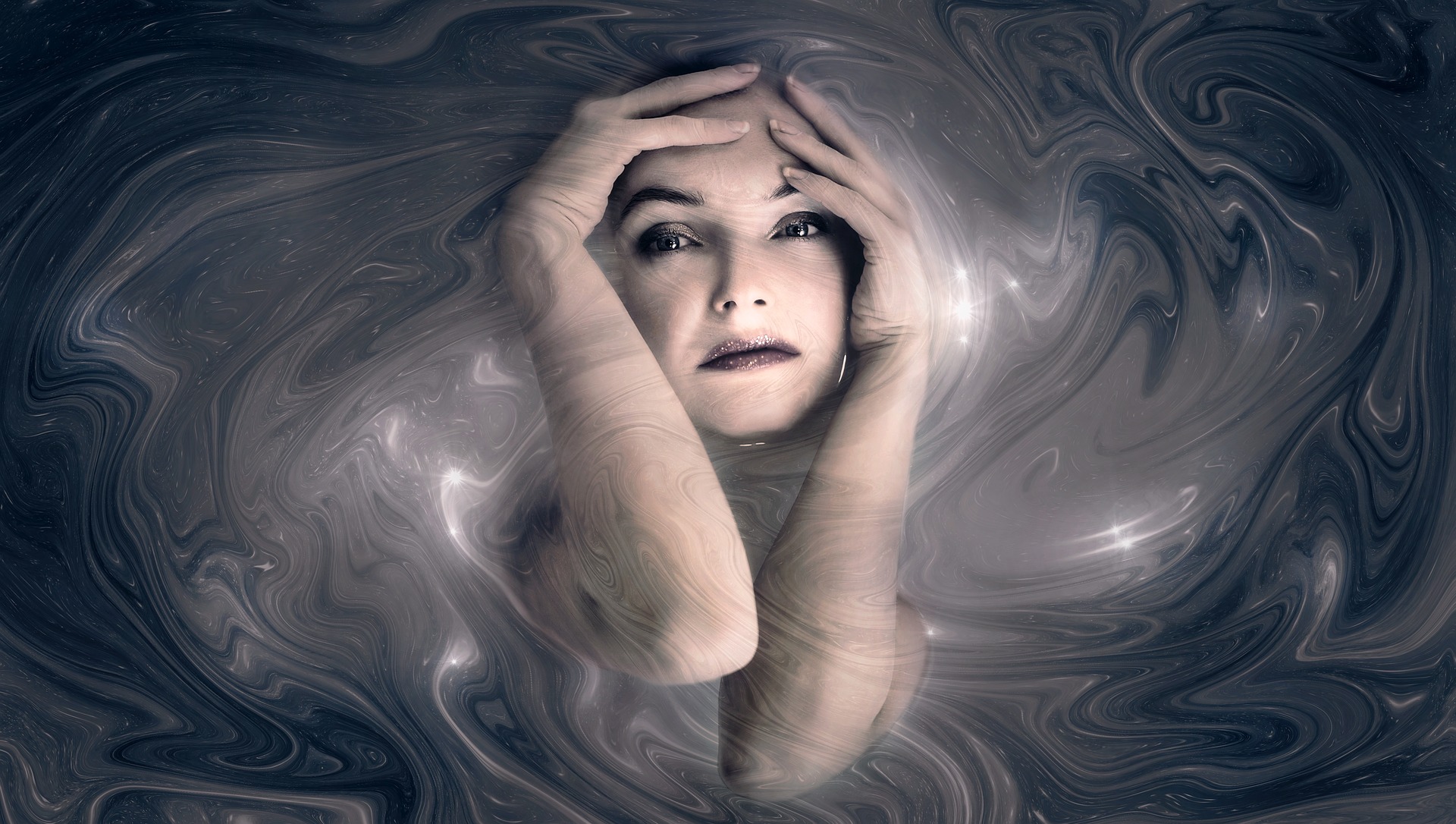 Submitted by LI - Executor on
Submitted by LI - Executor on

There has been a scientific attempt to construct a close parallel between psychotic states, dreams, hypnotic states, effects of hallucinogens along with certain mystic states. Based on this observation, modern psychiatry has validated a search for a common biological substrate underlying all such experiences. It is doubtful whether it would be wise to ignore the body of mystical, occult and spiritual knowledge built up through generations by enlightened seekers and make oversimplified generalisations.
The withdrawal from reality
Apparently these states resemble each other in the sense that the subjects ‘withdraw from the world of external reality’. Moreover the perception of the world may be radically altered as if a new and different world appeared before the sense-mind of the individual. It is true that such experiences might be common to mystics, addicts and psychotics. How does the ‘new-world’ of the psychotic or LSD addict differ from the ‘new-world’ of the mystic? Spiritual seekers point out that to answer this question one must find out where one goes after the ‘withdrawal from reality’? The mystic takes one path and the choice might be a conscious and willed one. The psychotic and the addict pursue other paths and their choice might be enforced by unconscious and ignorant motivations. Thus if one is ‘preoccupied’ in thoughts, feelings or behaviour with infra-human elements of nature, one’s ‘withdrawal from reality’ could lead to a downward dip into dark nether regions with frightful experiences. If the predominant stress in one’s consciousness is towards higher elements of life, one could ‘move up’ the ladder towards worlds of light. Thus while one might move towards the zenith of consciousness, one could also move towards the nadir of inconscience. Laing aptly described this as, “The mystic swims, the schizophrenic drowns.”
An analogy could be drawn in relation to the symptoms manifested in manic-depressive psychosis (MDP) — a disorder characterised by either a depressive or a manic episode that usually recurs in a cyclic fashion. The depressive phase is marked by psychomotor retardation, self-blame, guilt, anxiety, suicidal ideas and attempts. There is phase reversal during a manic episode marked by excessive cheerfulness, pressure of talk, flight of ideas, unjustified optimism and delusions of grandeur. Now the MDP ‘withdrawal’ is mostly facilitated by a too intense concentration upon oneself — what is called a ‘sensitive ego’, to one’s own hurts and failures that result in ‘depression’ or to one’s own success and achievement that result in ‘mania’ — two sides of the same coin. As a result one slips into what is known as ‘The vital world’ in the Integral Yoga — a world full of conceit and cunning. The vital world is a reference point for all our conflicting emotions, lusts and passions. It may either stimulate a person to self-destruction through suicide or aggrandise him making him feel unduly important and spin out mythic giants and asuras forcing him to do things which are fantastic and taboo in a cultured society viz. drinking, gambling and eating binges, promiscuity and over-assertiveness.
The limitations of therapy
The rationale of treatment in such a disease would be to shift the needle of consciousness from the vital world. Unless this is done, drugs or psychotherapy remain at best, palliatives. Drugs do help to a certain extent by ‘benumbing’ the centres that respond to the altered state of consciousness but they cannot radically shift one along the hierarchy of consciousness. Hence the ‘recurrences’ and ‘relapses’.
The favoured psychotherapeutic methods in depression today are the cognitive and rational-emotive therapies. They have still not been appreciably helpful, due to their bias in stressing on ‘reason’ and ‘will’. Sri Aurobindo’s Integral Yoga reveals that our ‘rational being’ and our ‘emotional being’ can be extricated from their surface combinations and recognised as separate entities. This is necessary because ‘emotions’ can never be fully controlled by ‘reason’. Instead both of them along with our physical being can be placed under the control of a fourth-dimensional, ego-surpassing integrative principle (the ‘psychic being’) that lies at a higher plane of consciousness.
Mystical experience also reveals that it is not enough to dwell in our ‘inner worlds’. One has to learn to erect viable ‘bridges’ between these inner worlds and external reality. Indeed, the experiences of the mystics and spiritualists can give us insights to improve and strengthen our existing psychotherapeutic paradigms. After all, the psychedelic Nirvanas of the hippies, the delusional precepts of the psychotic and the yogic trance of the mystic are ‘realities’ at different levels of consciousness. It would be illusory to lump them together as inter-changeable entities. The inconscience of Freud needs to be supplemented by the superconscience of the Yogic experience — which is a greater reality.
Dr. Alok Pandey, Dr. Soumitra Basu
http://www.namahjournal.com/doc/Actual/Mystics-and-Psychotics-vol-3iss-2.html
- 672 reads